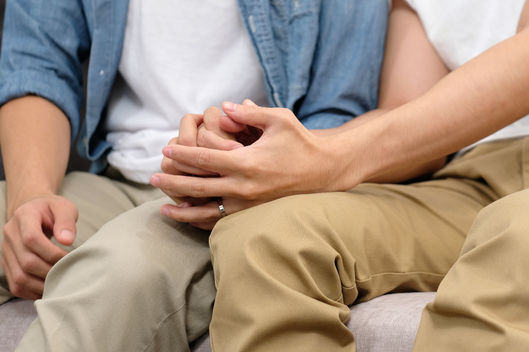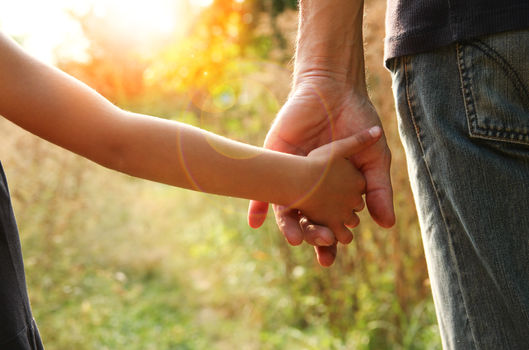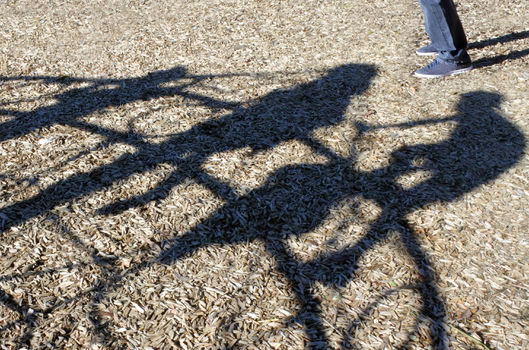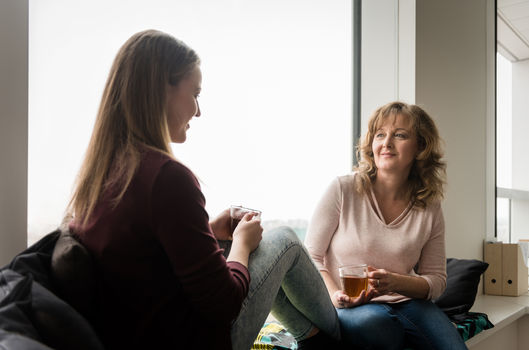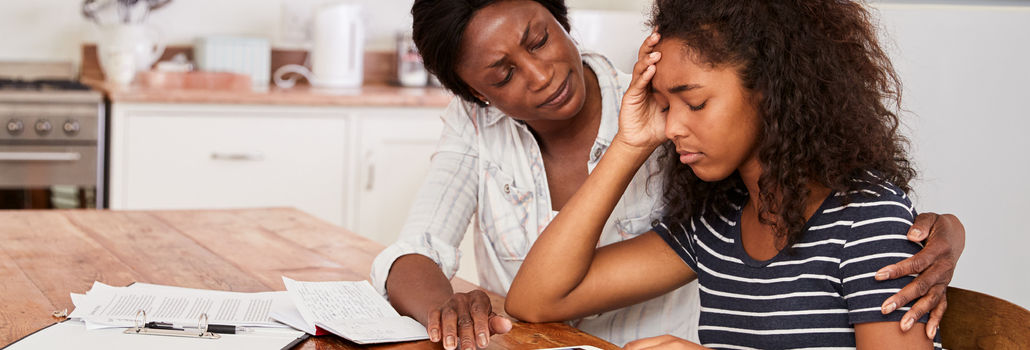Why LGBTQ+ children and young people are at risk
Although more and more people are comfortable 'coming out', there are still many who unfortunately do not feel safe enough to do so. Anti-LGBTQ+ rhetoric and stigmatisation means that many LGBTQ+ children still need to cope with feelings of shame when growing up.
Safeguarding procedures should apply no matter the sexual orientation or gender identity of an individual. But due to the vulnerability and stigmatisation, LGBTQ+ adolescents are more at risk and have higher rates of self harm and suicide than the rest of the adolescent population
Some people can take advantage of this situation and target vulnerable children and young people with the intention of exploiting them. This can include people being exploited by their own peers, and can involve young people being forced to engage in sexual activity or share indecent images online.
LGBTQ+ and the online world
Navigating a heterosexual and cisgender society can be difficult for members of the LGBTQ+ community.
They may be alienated from their family or isolated from their friends leading to many LGBTQ+ people turning to the internet for solidarity.
With just the click of a button, they can escape their physical surroundings and immediately be transported to a place filled with like-minded, accepting people. There, they can seek guidance about coming out, ask questions about queer specific topics, and better understand their sexuality and gender identity.
Simply put, the internet can facilitate a sense of community among LGBTQ+ people, regardless of their physical proximity to one another.
The internet and social media are essential to connecting individuals to information and people of the LGBT+ community. It can provide spaces for them to find acceptance, community, and support.
Since the suicide rate for LGBTQ+ youth is substantially higher than that of their heterosexual and cisgender peers, the internet can literally become life-saving
There are many support groups that can provide help, and save lives. It can be a great information sharing platform for a sometimes disjointed community, especially in rural areas.
Dangers of the online world
However, the internet can also be an intimidating and risky place. Just read the comments on any viral social media post and you are likely to see insults and aggressive statements.
Considering the fact that a large portion of these comments include homophobic, biphobic and transphobic comments, the internet is especially threatening to the LGBTQ+ community.
Sometimes this abuse is from within the LGBTQ+ community as well.
Today social media is our main form of communication on the internet, and for LGBTQ+ people – especially those who are not supported by their families or friends – social media may be the only place they can find a loving, supportive community.
Unfortunately, social media is also rife with bullying. People can remain anonymous and not face their victim in person which provides an opportunity to bully in a way which is much more widespread online than in 'real life'.
But it is part of and affects real life!
It can lead to depression, and some people turn to unhealthy coping mechanisms such as drugs, alcohol, and self-injury.
This bullying can take on the form of "revenge porn", outing of individuals, it can be from peers or friends they have met online. Without knowing, an child/young person may end up breaking the law themselves by sending or receiving images.
What can I do?
Talking to a child or young person about safeguarding should apply no matter the sexual orientation or gender identity of an individual. Just take into consideration ;
| - Take risks seriously and seek support from child and adolescent mental health services, local child protection teams, or social services, particularly in a young person presenting with self harm or suicidal ideation |
| - Establish rapport with a non-judgmental and inclusive approach |
| - Avoid unnecessarily gendered language and do not give a young person a label that they have not given themselves |
| - Help is available - signpost a struggling young person to a local LGBT+ youth organisation. LGBT Youth Scotland will be able to help. |
The Upstream website has lots of help and information about warning signs that a young person may be exploited or abused, and how to talk to them about abuse or Harmful Sexual Behaviour
These pages may be of interest :
Further help and support
Some of the information on this section was taken from the pages below which contain further reading and support.
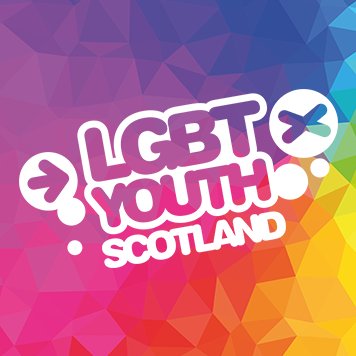 |
National organisation making Scotland the best place to grow up for LGBTI young people |
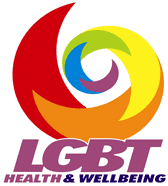 |
Supporting LGBT wellbeing in Scotland National organisation working to improve the health, wellbeing and equality of lesbian, gay, bisexual, transgender (LGBT) people in Scotland. |
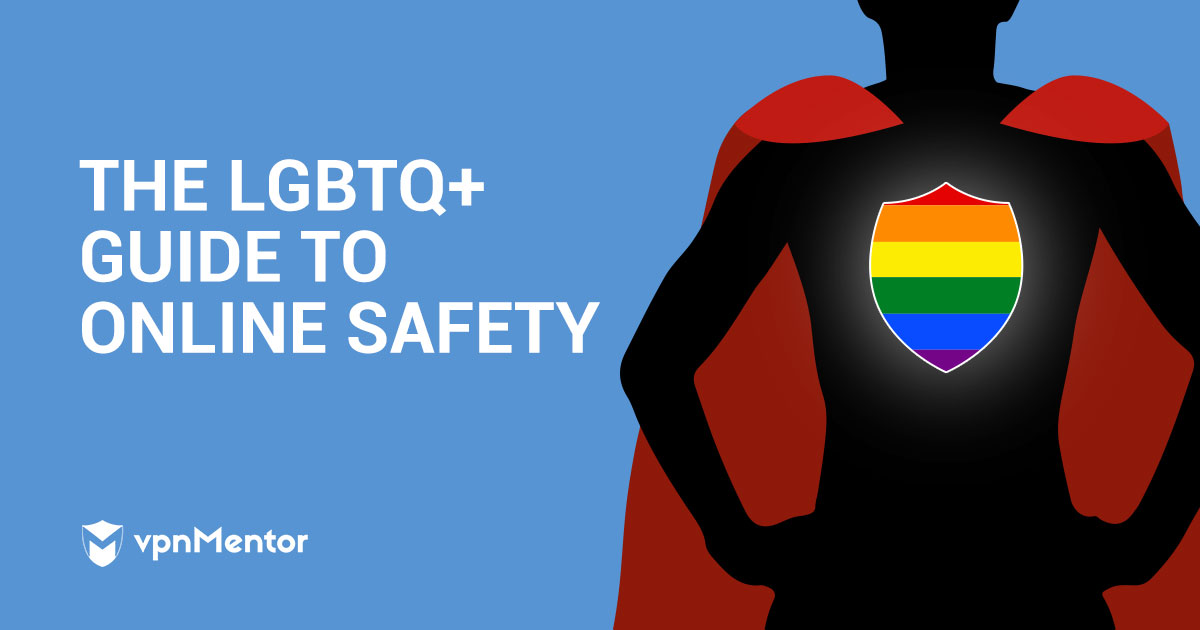 |
Most LGBTQ are Cyberbullied. Here’s How to Stay Safe Online |
Children and young people in the online world
Help children and young people to navigate the online world in a safe way
Warning signs that a child is being sexually abused or exploited
Children often show us rather than tell us that something is happening - What are the warning signs of child sexual abuse?
Warning signs that an adult might be a risk to a child or a young person
Concerned about an adults behaviour with a child? Trust your concerns.
Talking to your teenager (12+)
Having that awkward conversation with your teenager about Child Sexual Abuse
Preventing Harmful Sexual Behaviour in childhood and adolescence
Practical steps we can take in talking to children and young people
Did you know?
Sexual minority individuals were 3.8 times more likely to have experienced childhood sexual abuse, and 1.7 times more likely to be assaulted by a peer at school.
Source - Henny Bos, Stans de Haas, and Lisette Kuyper
Read more